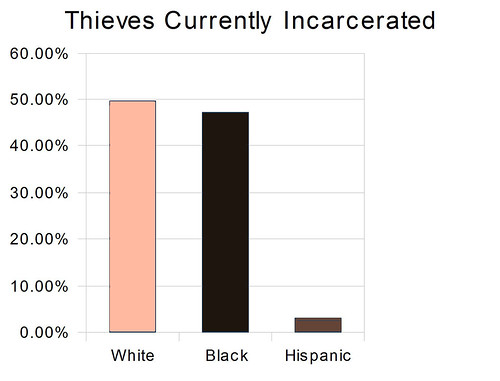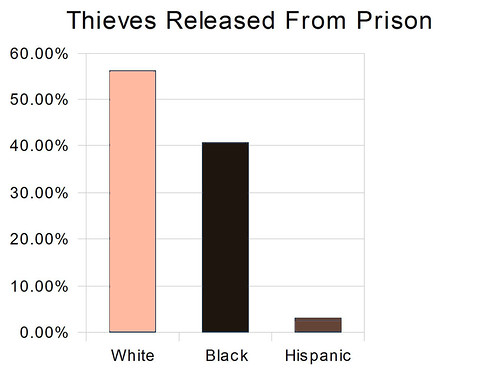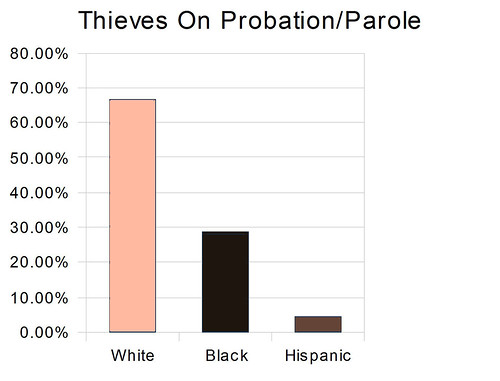You're surrounded by all types of triggers. You see a vending machine and your stomach growls; the sight of a stapler invokes all the stresses of work; looking at that one book always gives you ideas. These triggers prime a response in your brain for all types of habits. Giving your environment an overhaul—with your triggers in mind—can make you more productive, happier, and goal oriented.
Here's how.
We're talking about the simple, external triggers you run across every day. These triggers can influence your decisions, make you recall memories, or even cause stress. These external, environmental triggers have an affect on your day, and it's possible to use them to your advantage. In short, you can remove the bad triggers and spotlight the good ones. We'll show you how to find and categorize the triggers around you, but let's start with a basic look at how your brain reacts to what you see before we move on to a step-by-step process for optimizing your environment.
How Your Brain Responds to Triggers from Objects, Ideas, and Advertising
When you look at an object, you're not just seeing the optical qualities of it. Your brain is also processing a ton of information to comprehend what the object is, even building your history with an object or idea. Sometimes when you see something, that object also triggers an emotion or thought and then re-fires your brain in a new way to prime a response. In effect, a trigger is essentially an external influence that directly precedes an action, emotion, or habit.
You see an object or idea that reminds you of an action and then you take that action. Your actions can be positive, negative, or neutral. The triggers aren't inherently good or bad, they just exist, but you can manipulate your triggers so you're weighted toward a more positive outcome.
For instance, if you keep cookies on the counter, you're probably going to eat more cookies. If you surround yourself with objects that trigger creative responses (books, pictures, quotes, whatever works for you) you could see an increase in your idea generation. In the case of advertising, triggers are the essence of how products get sold to you.
We've talked before about
how ads manipulate you, and one of those manipulative tactics is to trigger a need to purchase something you didn't know you wanted. This is done in all sorts of ways, from glorified price dropping ("Buy now, one day only!" or "Buy One Get One Free!") to actually triggering an emotional response that makes you want to buy something.
The truth is ads use the same tactics you do to yourself. Your environment is filled with positive and negative triggers—the knick knacks on your desk; the rotten banana in the fruit basket; the unused running shoes—all of these things have a slight impact on your decision making on a daily basis.
What really matters is that you can control these triggers to a point. As
Psychology Today points out:
[E]ven the slightest outside stimuli—such as a sound or a smell—can trigger changes in the firing rate of neurons in a way that changes the flow of information between different parts of the brain and alters one's perceptions.
With that in mind, let's start tracking and labeling your personal environmental triggers.
A Step-by-Step Guide to Tracking the Triggers in Your Environment
Since most triggers are entirely subconscious you have to make a mental effort to find where they're coming from. This means you have to dedicate time where you're mindful of your environment and your habits. The end goal is to remove as many of the negative triggers as possible (you can't get them all) and try to find your positive triggers so you can accent your environment with more of them.
Step 1: Track Your Triggers
The first step is to find, track, and think about your triggers. This is a lot harder than you'd think and it's not possible to get them all. Still, a little work now can make it so you can optimize your environment in the future.
Start by keeping basic notes of your habits, random (but useful) thoughts, and even odd emotions. Keep an eye out for: memories, ideas, habits, and tasks triggered by objects. Write them down in a notepad with as much information as you can. Include the following:
- Location
- Time
- Your Emotional State
- The Action Preceding it
- Result
- Any Additional Notes on the Environment (weather, smells, sounds, etc)
Don't worry about rationalizing any of this data right now. The first step is just collection. Chances are that more often than not you're not going to recognize a trigger, but if you track all the right information you'll start to form a bigger picture.
Step 2: Evaluate Your Notes and Figure out the Real Triggers
Triggers are not an exact science, and everyone has different triggers with different reactions. The trick now is to take a look at your data and try to find what triggered a reaction. If your notes are anything like mine, they're partly nonsense. You'll have seemingly worthless bits of information like:
- Location: Stairway
- Time: 8:15
- Emotional State: Anxious
- Preceding Action: Bathroom
- Result: Suddenly felt anxious
- Any Additional notes: None
If you didn't find a trigger at the time, return to the scene, take a look around, and see if you find something new. In my case, standing in my stairwell and actually paying attention revealed a framed picture that I forgot was there. After thinking about it I realized the picture was likely the cause of the anxiety.
Once you have an idea of what the triggers are it's time to decide if they really matter.
Step 3: Categorize and Grade the Triggers
You can't control the entire world. Instead, you can decide where to reduce the effect of certain negative triggers and then look at how to integrate more positive triggers with a simple 1-10 scale.
Grab your spreadsheet and categorize each trigger as actionable (the picture on the wall, the cookies on the table), or non-actionable (the bad weather, the morning commute). For the actionable tasks, rate them on a scale of 1-10, where 10 is a positive trigger and 1 is a negative trigger. The top and bottom numbers on the list are what you really care about. Say you notice your kitchen is filled with a bunch of triggers that bring out a lot of bad behaviors. That means you need to work on that area of the house. Let's take a look at how to take action on your results and optimize your space accordingly.
Optimize Your Environment with the Information You Gather
Now comes the fun part. It's time to get rid of all the triggers that create negative habits or emotions and fill up that space with the positives. You can't force ideas with objects, but you can prime your subliminal and give your willpower a break by creating a good environment. The end goal is to create an environment that reflects what really matters to you and get rid of the rest.
Revise Your Home and Workplace
Start by taking out your list and visiting the places where those negative triggers primed you for bad habits or memories. Throw everything in a box (or away, if need be). When you're done, you'll probably have a lot of empty space to fill.
Now take a look at your positive triggers. Ask yourself one question: are they located in places you go often or are they hidden away? If they're hidden away, you should move them to fill in those negative spaces.
For myself, a lot of this work was done in the kitchen. I moved certain types of pots that were hidden away to a pot rack so I remembered they existed. I picked up a fruit basket so I'd remember to eat my fruits. I completely rearranged my little pantry closet so I'd stop forgetting what was in there.
I took small steps like moving my running shoes by the door so I'd remember I like jogging. I also moved a couple instruments out of my little studio so I'd remember to play around every day.
Photo by Alexander De Luca.
Revise Your Digital Workspaces
Of course, the real world is just part of your environment. Chances are you also spend a good amount of time staring at a screen. You can use these same ideas for your computer or phone as well. Our
guide to a minimal desktop is a great place to start if you're always distracted by different programs or websites on your computer. Start with a minimal desktop and then add programs as you need them. If keeping Photoshop in your dock reminds you that you need to learn Photoshop, do so.
Additionally, I'm a huge fan of minimizing the amount of apps on your phone, a process we've
shown you how to do before. Doing this systematically gets rid of all the useless junk on your phone that triggers bad behaviors and leaves just the apps that are useful to you.
Triggers are also a great way to manage your to-do lists. As Fast Company
points out, it's a trick used by
Getting Things Done author David Allen:
He advises people to avoid a single master to-do list; instead, he recommends a series of context-dependent lists (such as a "calls list," so when you phone a potential customer, you're also reminded to call your A/C repairman and your sister for her birthday). The lesson: If you have something you don't want to forget, don't scrunch up your brain and try really hard to retain it; just install an environmental trigger to do the remembering for you.
The idea is the same as the environmental approach: plant ideas in your mind by using lists and objects that trigger a reaction.
The last big subliminal trigger is ads online. You can use these to your advantage as well. Sure, you can easily block ads with
Adblock Plus, but an even better solution is to replace those ads with a positive triggers.
Adlesse and
Overapps are both cross-platform extensions that allow you to replace ads with widgets. These widgets include art, famous quotes, or random facts.
By the end of all this you'll have a comfortable workspace or home that reflects your real goals. If all goes well, it's a place where your positive triggers—the things that keep you on track for goals—are easily accessible, and the bad ones—the triggers that keep you from those goals—are gone.
After doing this for a week myself it's astounding how many things I got rid of or moved around even though I never thought of certain things in my home as negative triggers. I took down pictures, moved others to new places where I would actually see them, and completely rearranged my kitchen. It's hard to say how long this will work, but I imagine a yearly review will keep things fresh and interesting.



















